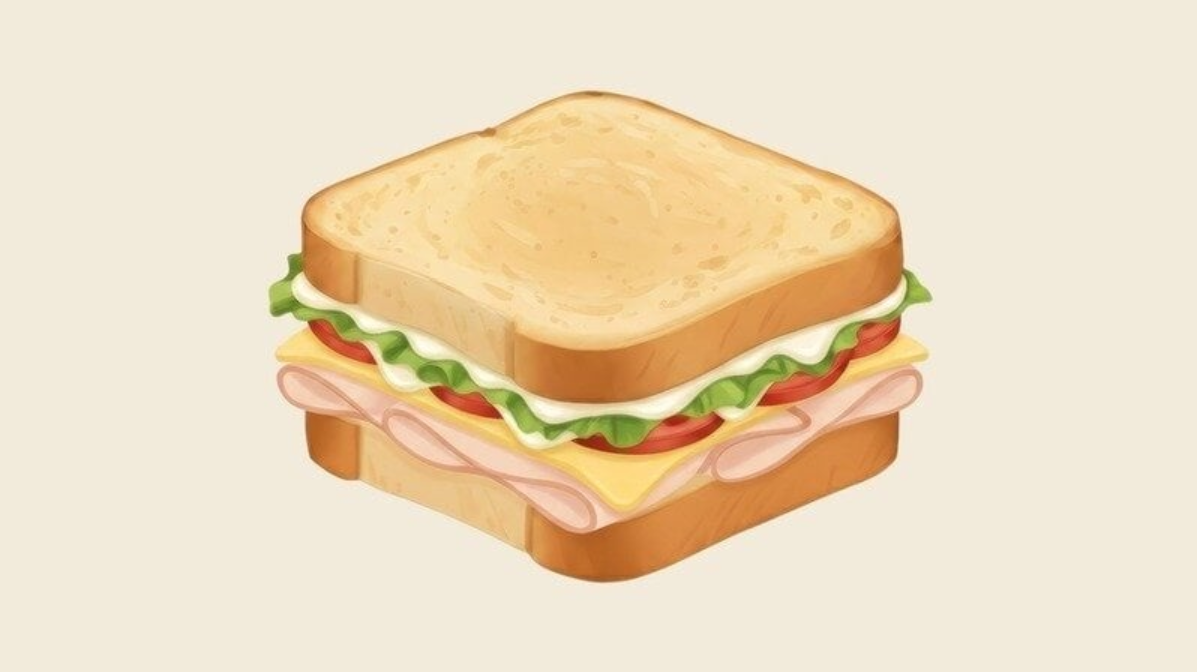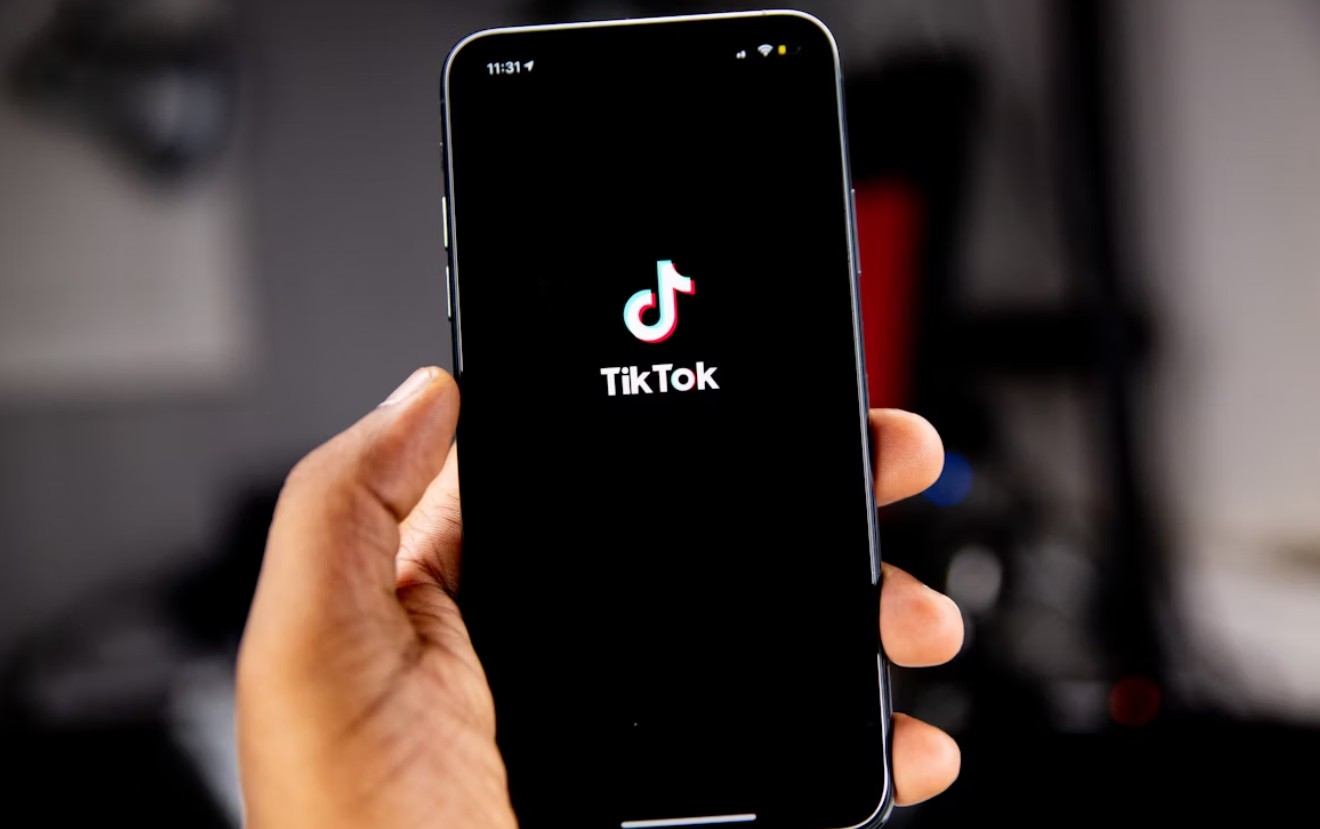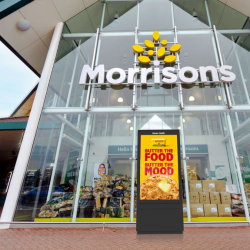The proportion of the UK population who say they’re interested in news is steadily decreasing, from 48% in 2018 to 42% in 2025, according to Ofcom’s latest News Consumption Survey.
But 96% of the population still consumes news in some form, and Ofcom estimates that the average UK adult now spends 61 minutes taking in current events each day — they just do more of it online and through social media.
According to the survey, which was published on 21 July, online news consumption increased from 64% in 2018 to 70% in 2025 and is now on a par with TV (including on-demand viewing), which sits at 68%. Online news has also overtaken linear broadcast TV channels, which reach 63% of the UK population.
But a large portion (60%) of this online news consumption takes place through what Ofcom refers to as ‘online intermediaries’ (eg, social media platforms, news aggregators such as Apple News, or search engines). This, Ofcom explains, poses challenges when measuring and reporting news consumption, as readers who use intermediaries tend to be ‘much less aware’ of the news sources they are referred to.
Meta’s services are the most used intermediaries, with 39% of UK adults turning to its platforms for news. Facebook, specifically, reaches 30% of UK adults and 11% now use TikTok for news, up from 1% in 2020.
Among those who do access news directly from publishers online, 59% visit BBC Online. Sky News ranks second (21%), followed by The Guardian (20%) and the Daily Mail (14%).
Although online news consumption is growing, Ofcom found that the UK population still views traditional providers as more trustworthy. In fact, the 2025 survey yielded similar results to the 2018 survey when participants were asked to rate the accuracy, trust, and impartiality of news on TV and social media. Ofcom says this finding suggests that ‘despite shifting usage patterns, perceptions of the quality of these platforms are not changing’.
Public Service Broadcasters (PSB) also still hold a strong position, with 74% of UK adults using one or more PSB news services. BBC One is the most widely used PSB source, but Ofcom reports that the influence of PSBs is diminishing, with a steady decline in reach recorded since 2019. Ofcom has separately published a six-point plan for protecting PSBs, in which it recommends legislating to ensure that PSB content is ‘prominent and easy to find on the platforms’.
The News Consumption Survey also looked at how young people (ages 16-24) consume news differently to those over the age of 75. Not surprisingly, it found that three quarters of all young people use social media for news, while their older counterparts prefer TV and newspapers. Only four in 10 people over the age of 75 consume news online and only two in 10 turn to social media.
Ofcom also surveyed young people between the ages of 12 and 15 and found that this demographic is more interested in ‘lighter types of news’ (eg, topics such as sports, music, celebrities, fashion and beauty) but uses X for politics and current affairs.
Across all of its services, BBC is the news provider with the highest reach among this age group (39%) but the most-used ‘access points for news’ are TikTok (31%), YouTube (30%), Instagram (24%) and Facebook (21%).
This demographic is similar to the rest of the UK population in that it ranks news on social media (52%) as less trustworthy than TV (82%) and radio (78%). On the other hand, trust in social media among this group has increased, rising from 45% last year; this is a trend that may continue as more publishers strengthen their online presence to connect with younger audiences.
The survey also found that the consumption of print and online newspapers has remained largely unchanged, with 34% of the population turning to newsbrands and only 19% reading print newspapers. The use of radio for news is also steady at 38% although podcasts are growing in popularity. Around 22% of adults listen to podcasts each week, with news and current affairs being the second most popular podcast genre after entertainment.
Featured image: Peter Lawrence / Unsplash

















